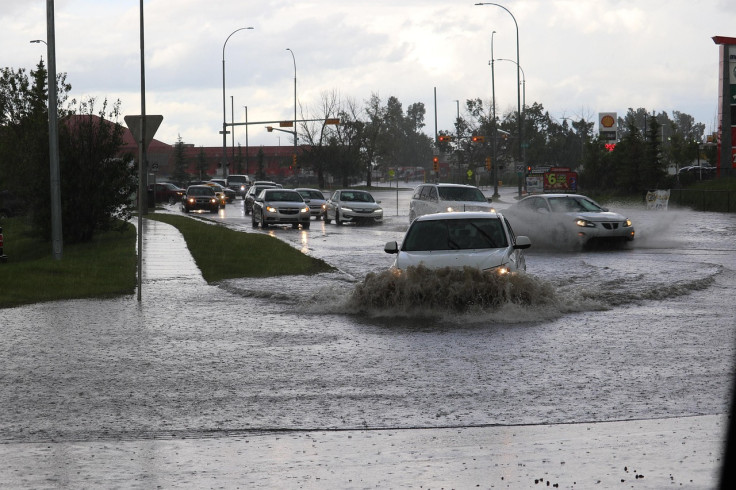
Catastrophic flash floods have killed dozens and displaced thousands across parts of the southern and central United States this week. Forecasters now warn New Jersey could be next. As flash flood watches expand across the Mid-Atlantic, emergency services are urging residents to prepare for further life-threatening weather.
Flash Floods Rage Across the US: What's Happening Now
This week has seen a string of extreme weather events. In Texas's Hill Country, often called 'Flash Flood Alley' for its steep terrain and rapid runoff, over 12 inches of rain fell in a single hour, killing at least 119 people and devastating infrastructure, according toThe Texas Tribune.
Further west in Ruidoso, New Mexico, 3.5 inches of rain fell in just 90 minutes, causing three confirmed deaths and dozens of rescues. Meanwhile, North Carolina has also been hit hard. Tropical Depression Chantal dumped several inches of rain, leading to at least four fatalities and extending flash flood watches as far north as New Jersey, reported by The New York Post.
Why New Jersey Is Now on High Alert
New Jersey is facing a perfect storm of risk factors such as already saturated ground from recent rainfall, forecasted overnight storms, and updated warnings from the National Weather Service. According to NJ101.5, central and southern counties may receive another 2 to 3 inches of rain overnight, prompting flash flood watches for at least 13 counties south of Interstate 78.
The Mount Holly branch of the National Weather Service has issued warnings for Philadelphia, Chester and Montgomery counties, as well as parts of New Jersey. Radar-indicated storms are producing 1 to 3 inches of rain per hour, with officials warning of 'considerable' flood damage. Urban areas and drainage systems remain especially vulnerable.
Which States Are Most At Risk?
Although flash floods can strike nearly anywhere, some regions are particularly vulnerable. Central Texas continues to be the country's most flood-prone area due to its hilly topography and arid soils that promote rapid runoff. The Mid-Atlantic and parts of southern New England, including Virginia, Maryland, Delaware, the Carolinas, and New Jersey, are under heightened alert following recent tropical rainfall.
An updated Day 3-7 Hazards Outlook has been issued. https://t.co/VBxTZCp4sE pic.twitter.com/su5mKSPMsK
— NWS Weather Prediction Center (@NWSWPC) July 9, 2025
In the western US, regions with burn scars from recent wildfires, such as Ruidoso, face severe runoff hazards. Meanwhile, April's recent events in the Mississippi Valley demonstrate that the Midwest and southern US are also susceptible to flash flooding, particularly when tornadoes or heavy storms converge with swollen waterways.
What's Driving the Increasing Risk
Climate change plays a central role. Warmer air holds more moisture, resulting in more intense rainfall events. In Texas, rainfall intensity has increased by up to 19 percent since 1970. Meanwhile, budget cuts to NOAA and the National Severe Storms Laboratory have raised concerns about the future accuracy of flood forecasting and early-warning systems.
Staying Safe: What Authorities Recommend
Authorities urge the public to remain vigilant. Residents are advised to pay close attention to local weather alerts, using multiple sources such as NOAA radio and mobile warning systems. The National Weather Service also issued a reminder to 'never attempt to drive over a flooded road' as just two feet of water is enough to sweep away a car. People living near rivers, streams, or in urban low-lying areas should move to higher ground when warnings are issued. Local councils are also encouraged to update outdated flood maps and invest in improved early-warning infrastructure to match the evolving risks.
New Jersey and other Mid-Atlantic states now stand under a credible threat of flash flooding, part of a growing national pattern. From Texas's deadly flood zones to the West's wildfire-scorched slopes, extreme weather is intensifying. As rainfall becomes more violent and unpredictable, public awareness, infrastructure investment, and timely response are critical.







